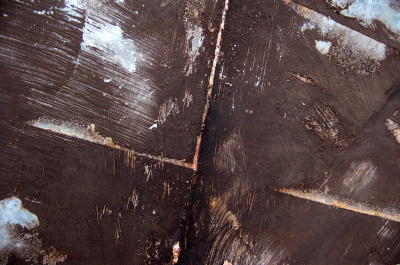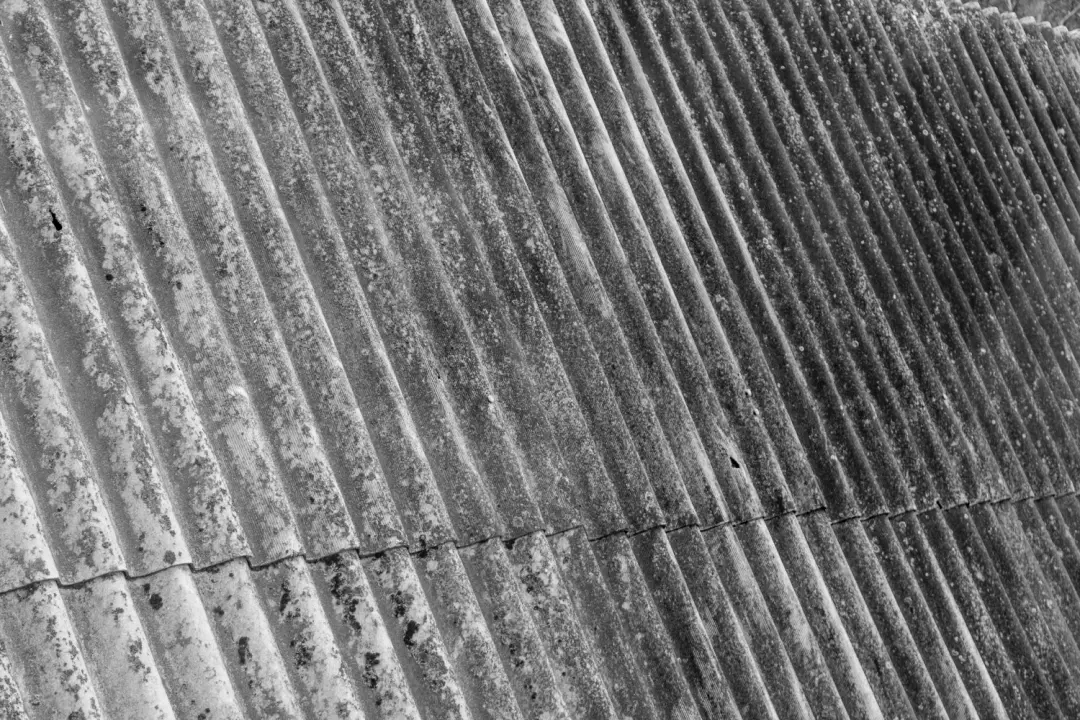Identification
Asbestos is a dangerous substance having negative effects on health. Therefore, it's crucial to use the proper safety precautions when removing it. Whether you are aware of or have a suspicion that there may be asbestos on your property, it is crucial to appropriately identify it. A licenced asbestos testing business must undertake the study since asbestos fibres cannot be seen with the unaided eye. Once asbestos is proven to be there, you can identify what kind of asbestos is there and evaluate the material's condition. Additionally, it's critical to take all necessary safety measures while working with asbestos, including donning protective gear and hiring certified asbestos revivalists.
Asbestos Risk Assessment
The employer or person in charge of the premises must make sure that an asbestos risk assessment is carried out if your job has the potential to disrupt or harm an asbestos-containing material (ACM). This entails assessing the health issues that might arise from the work and determining which safety measures are required. Once asbestos has been located, a risk assessment has to be done. To ascertain the existence of asbestos and evaluate the risk it could provide, a thorough inspection of the property will be required. An inspection of the property, sampling, analysis, and a study of any papers that could reveal further information are all included in the survey. The influence of any ongoing actions on asbestos must also be taken into account as part of the survey in order to identify any potential further control measures. An expert who has performed surveys before and is knowledgeable about the dangers of asbestos should undertake this one.

Need assistance finding asbestos removal near you?
Get a QuoteEnclosure
In order to safeguard the building's inhabitants, asbestos must be confined if it's found on the site. There are several techniques to do this, including confining the asbestos in a sealed space or applying a barrier or sealant. It could be required to build an enclosure in some circumstances, such as when access to asbestos is challenging. Building ceilings and walls and making sure they are properly sealed with sealants may be required. In some circumstances, extra steps, such as the installation of air filters, may be required to guarantee that the asbestos is kept properly confined. First, enclosures must be created in the work area in order to control the discharge of asbestos fibres.
The enclosures are made of polythene, and each one is carefully taped shut. Scaffolding might be utilised to support the enclosure if necessary. The cage itself is put under negative pressure in order to continuously alter the air within and lower the number of asbestos fibres inside. In the event that the asbestos enclosure becomes unsealed, this also serves as a control mechanism. Smoke tests can be used to examine the enclosure's structural soundness. Smoke may be easily released from the container, allowing for the detection and repair of leaks.
Asbestos Removal
Only trained individuals should handle, remove, and dispose of asbestos. Improper handling can expose you to asbestos. People who have been exposed to asbestos may develop mesothelioma and other asbestos-related diseases. It's essential to handle asbestos cautiously to prevent exposure. If asbestos is handled incorrectly, its fibres may become airborne. It is possible for asbestos fibres to become lodged in the heart, lungs, or abdomen when they are breathed in. Exposure to asbestos can result in illnesses such asbestosis, lung cancer, and mesothelioma.
Technicians should wear coveralls and a full-face respirator while removing materials that contain asbestos. When finished, employees must adhere to decontamination protocols. Employees should, for instance, keep any soiled garments inside. They should take a shower and change into street clothes in a pristine place away from the work area. After asbestos abatement, professionals may appropriately dispose of the cancer-causing materials in compliance with state and any laws.
Removal and Disposal
Hazardous waste "must be double-bagged except where the waste will not fit into a bag when it must be securely wrapped", according to newly updated instructions by the Environment Agency. Waste that has been bagged or wrapped must be kept in receptacles that can be locked. In order to reduce the chance of it being disturbed, the following procedures are the safest ways to transfer asbestos trash to authorised dumping sites. The asbestos must be sealed in a lockable skip to be carried straight to and disposed of at a permitted landfill site after having been removed and double bagged by a professional in accordance with the recognised norms of practice. Depending on the scale of the project, asbestos skips are available in different sizes to ensure that asbestos-containing waste is stored properly and securely before it is dumped at a landfill. Using an asbestos removal company's services may ensure that all asbestos waste is disposed of correctly and safely.
In the UK, specialised landfills produce unique, segregated "cells" that are solely used for asbestos trash. The non-hazardous items are kept apart from these compartments. After a layer of asbestos has been carefully placed within the cell, it is sprinkled on a regular basis to control dust and covered with an appropriate non-asbestos substance (capping) to stop asbestos fibres from being released. A final layer is utilised to close off the cell after it is full to ensure that no fibres may escape. Asbestos has been securely removed from this cell and is now closed. Nothing that might potentially disrupt the asbestos waste is allowed to be done near or on the cell. The removal of asbestos is a difficult procedure, thus it is crucial that every precaution be taken to guarantee its safety. You can be confident that the danger of asbestos exposure is reduced and that you and your family are kept safe by following the correct process.
In this article:

